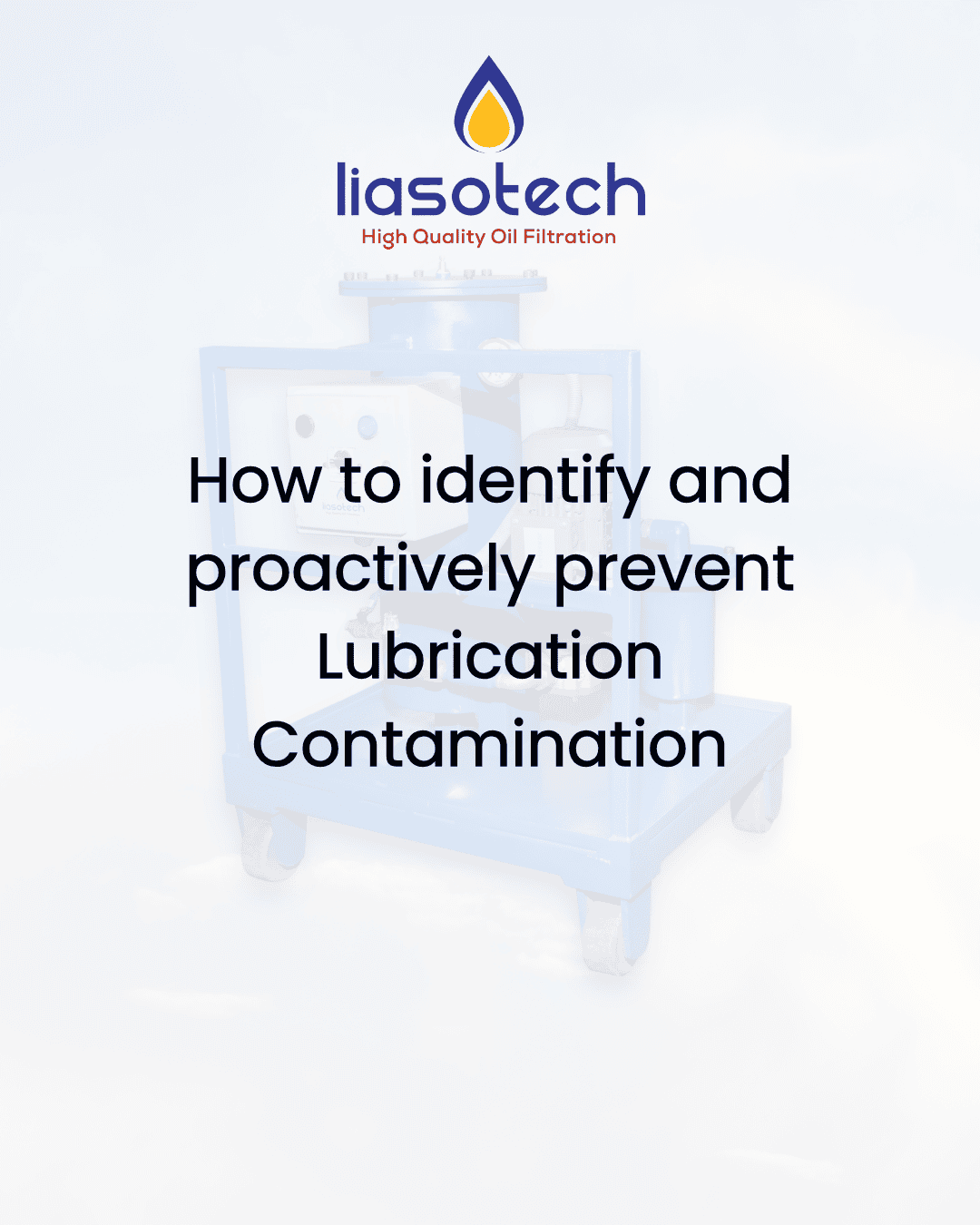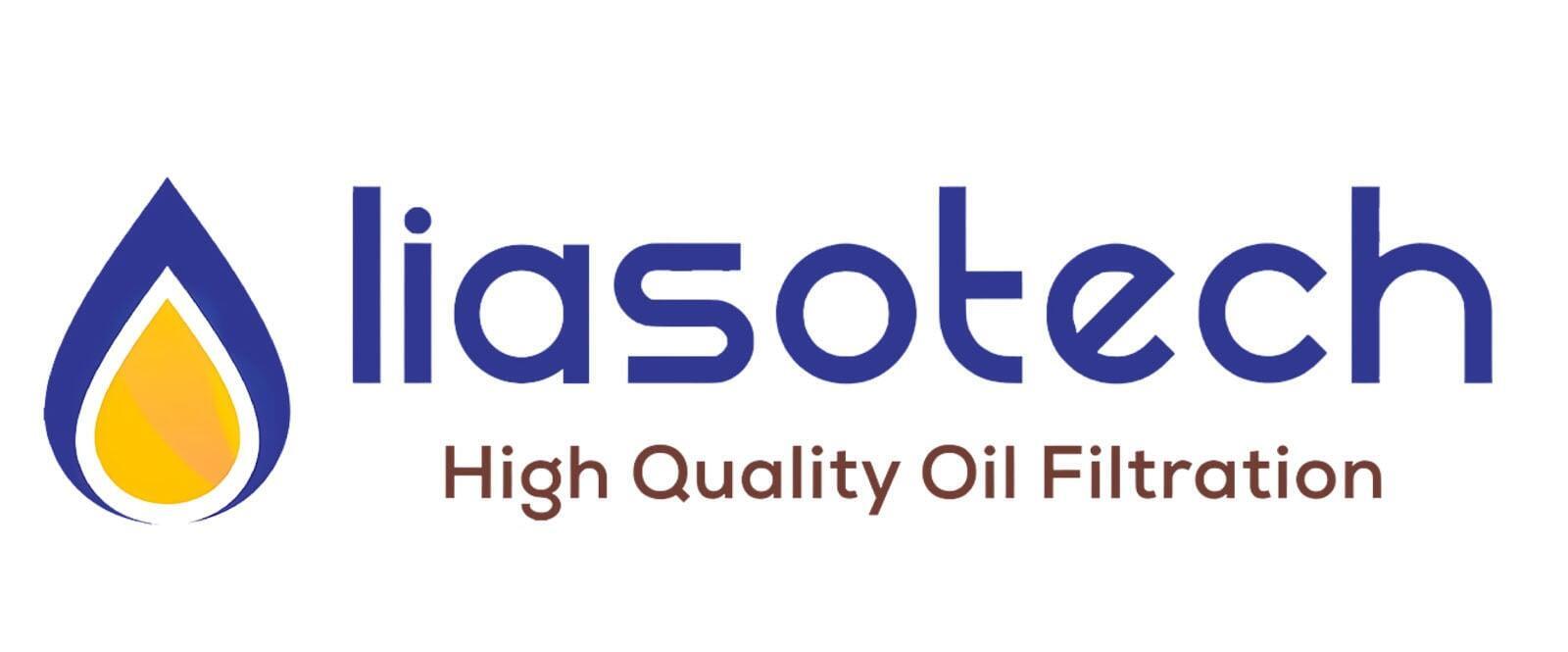
Lubrication is essential for industrial machinery, but contamination can lead to equipment failures, high maintenance costs, and reduced efficiency. Identifying contamination early and taking preventive measures help maintain machine performance and extend equipment life.
How to Identify Lubrication Contamination
There are three main types of contamination:
Particle Contamination: Dirt, metal shavings, and rust enter through improper handling or worn seals.
Water Contamination: Moisture leads to oxidation, rust, and lubricant degradation.
Chemical Contamination: Mixing with fuel, coolant, or solvents alters lubricant properties.
How to detect contamination
Visual Inspection: Cloudy, dark, or milky lubricants suggest contamination.
Oil Analysis: Routine testing helps identify particles, viscosity changes, and water content.
Filter Inspection: Excessive debris buildup in filters signals contamination.
Acid/Base Testing: Determines chemical degradation of the lubricant.
How to Prevent Lubrication Contamination
Proper Storage & Handling: Keep lubricants in sealed, labeled containers in a clean, dry environment.
Effective Filtration: Use high-efficiency filters and offline filtration units; replace filters regularly.
Seal & Breather Maintenance: Ensure seals are intact and use quality breathers to prevent moisture and debris entry.
Regular Oil Sampling & Monitoring: Conduct routine oil analysis to track contamination and schedule maintenance.
Employee Training: Educate teams on best practices for handling, storage, and contamination detection.
Lubrication contamination can lead to costly downtime and failures. By identifying risks and implementing preventive measures, industries can improve equipment reliability, reduce maintenance costs, and enhance operational efficiency.
